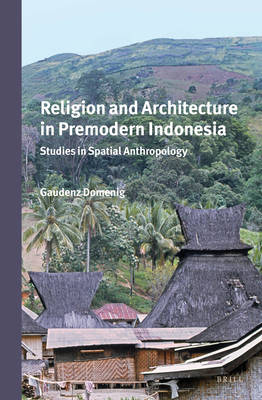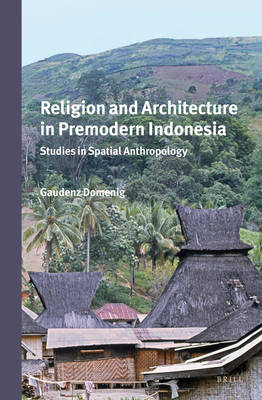
- Afhalen na 1 uur in een winkel met voorraad
- Gratis thuislevering in België vanaf € 30
- Ruim aanbod met 7 miljoen producten
- Afhalen na 1 uur in een winkel met voorraad
- Gratis thuislevering in België vanaf € 30
- Ruim aanbod met 7 miljoen producten
Zoeken
Omschrijving
In Religions and Architecture in Premodern Indonesia Gaudenz Domenig presents a new approach to the study of indigenous religions and their influence on vernacular architecture in Indonesia.
Specificaties
Betrokkenen
- Auteur(s):
- Uitgeverij:
Inhoud
- Aantal bladzijden:
- 594
- Taal:
- Engels
- Reeks:
- Reeksnummer:
- nr. 294
Eigenschappen
- Productcode (EAN):
- 9789004274006
- Verschijningsdatum:
- 3/04/2014
- Uitvoering:
- Hardcover
- Formaat:
- Genaaid
- Afmetingen:
- 163 mm x 239 mm
- Gewicht:
- 1020 g

Alleen bij Standaard Boekhandel
+ 559 punten op je klantenkaart van Standaard Boekhandel
Beoordelingen
We publiceren alleen reviews die voldoen aan de voorwaarden voor reviews. Bekijk onze voorwaarden voor reviews.








